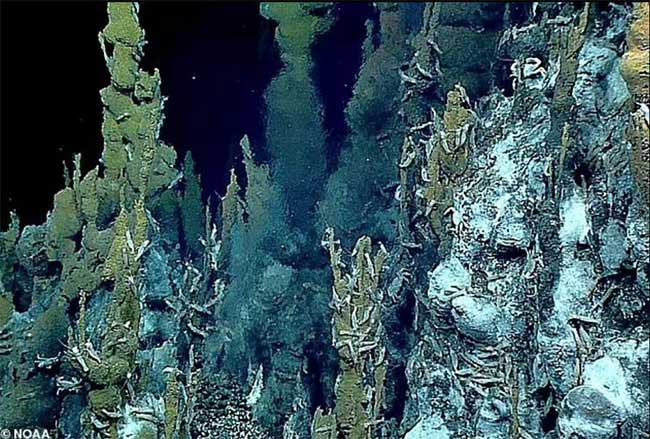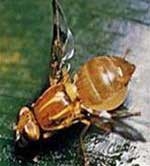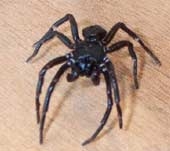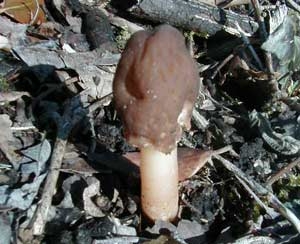Chinese researchers have discovered a new virus lurking at the bottom of the Mariana Trench, the deepest place on Earth.
This virus strain was found in the sediments of the Mariana Trench in the Pacific Ocean.
Virologist Min Wang from the Ocean University of China, who leads the research, stated: “Wherever there is life, you can bet there are viruses.”
The newly discovered virus is a bacteriophage, which means “bacteria eater.” It survives by infecting and reproducing within bacteria.

Viruses infecting bacteria are often found in deep ocean sediments and in hydrothermal vents, which are fissures on the seafloor that release hot water. (Illustration: NOAA).
Mr. Yue Su, one of the authors of the study, mentioned that isolating and studying the genes of these bacteria could benefit humanity. This could help protect humans from bacterial infections, especially in an era of antibiotic misuse alongside the rise of antibiotic-resistant bacteria.
Mr. Su noted that the current research indicates that there is no precedent for bacteriophage viruses found in ocean sediments infecting humans and marine organisms, as their hosts are bacteria.
Therefore, the research team is able to preserve the new virus strain in a regular laboratory at temperatures around 4 degrees Celsius.
The research team recently published their findings in the journal Microbiology Spectrum.
According to the report, the new virus strain was discovered in sediments at a depth of 9 km below sea level in the Mariana Trench, which has a maximum depth of nearly 11 km.
Viruses infecting bacteria are typically found in deep ocean sediments and in hydrothermal vents, or fissures on the seafloor that release hot flows.
“To our knowledge, this is the deepest isolated bacteriophage known in the global ocean,” virologist Min Wang stated.
According to Mr. Wang, analyzing the genetic material of the virus reveals the existence of a family of viruses in the ocean that have not been previously known. It also provides new insights into deep-sea bacteriophages and the interactions between bacteriophages and their hosts.
This new virus has been identified as vB_HmeY_H4907, and the team’s analysis shows it has a structure similar to its host.
This virus is capable of lysing, meaning it invades and replicates within its host and typically does not destroy bacterial cells.
For instance, climate change and rising ocean temperatures affect ocean currents and sediments. Mr. Su noted that the research team speculates these environmental factors may impact survival pressures on viruses as the host’s metabolic processes change due to alterations in the ocean.
Thus, this factor could lead to an increase in new types of viruses, but currently, there is no research in this area.
<pAccording to Mr. Wang, this discovery also raises new questions and research opportunities surrounding how viruses persist in extreme and isolated environments, as well as how they co-evolve with their hosts.
The research team aims to continue investigating the interactions between deep-sea viruses and their hosts while searching for new viruses in other extreme environments.
Virologist Min Wang asserted that extreme environments offer optimal prospects for discovering new types of viruses.





















































